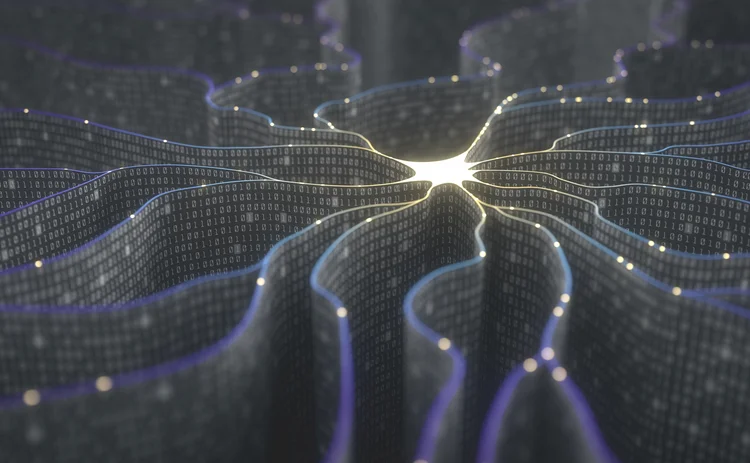
Central banks face ‘black box’ effect in AI, warns BIS
Institution’s latest bulletin underlines the opportunities and challenges of machine learning

Central banks using machine learning face the problem of hidden biases in models and the tendency for artificial intelligence (AI) to “hallucinate”, says the Bank for International Settlements (BIS).
In a bulletin published on January 23, BIS researchers outlined both the promise and potential pitfalls of AI. The non-linear interaction between many variables can make it hard to understand how a particular machine learning model arrived at a conclusion. This is known as the “black box” effect
Only users who have a paid subscription or are part of a corporate subscription are able to print or copy content.
To access these options, along with all other subscription benefits, please contact info@centralbanking.com or view our subscription options here: http://subscriptions.centralbanking.com/subscribe
You are currently unable to print this content. Please contact info@centralbanking.com to find out more.
You are currently unable to copy this content. Please contact info@centralbanking.com to find out more.
Copyright Infopro Digital Limited. All rights reserved.
You may share this content using our article tools. Printing this content is for the sole use of the Authorised User (named subscriber), as outlined in our terms and conditions - https://www.infopro-insight.com/terms-conditions/insight-subscriptions/
If you would like to purchase additional rights please email info@centralbanking.com
Copyright Infopro Digital Limited. All rights reserved.
You may share this content using our article tools. Copying this content is for the sole use of the Authorised User (named subscriber), as outlined in our terms and conditions - https://www.infopro-insight.com/terms-conditions/insight-subscriptions/
If you would like to purchase additional rights please email info@centralbanking.com
Most read
- ECB staff speak out against changes to internal survey
- Central bank of the year: Central Bank of Brazil
- French president calls for expanded ECB mandate








